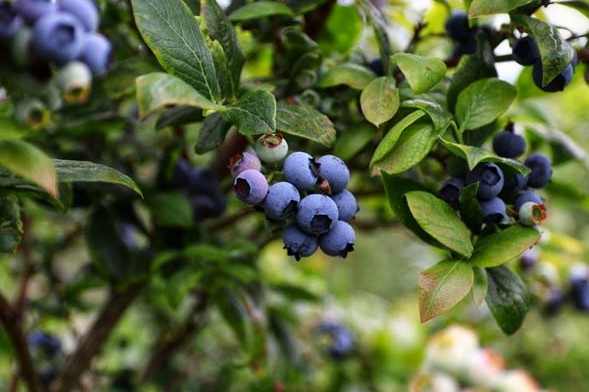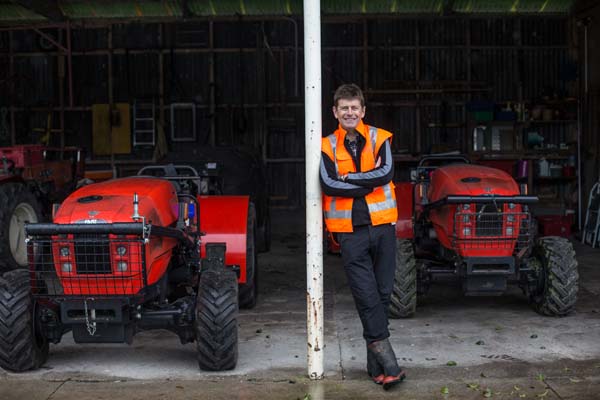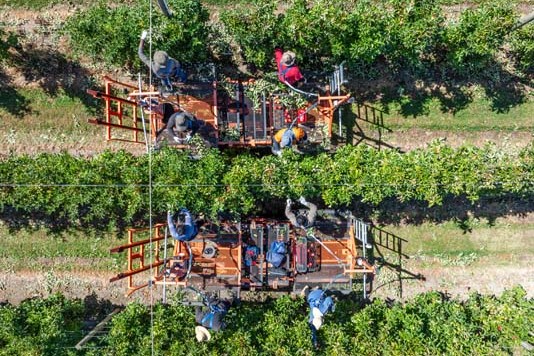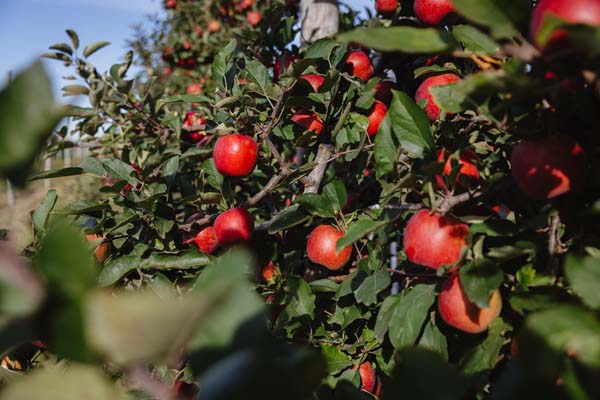
3-NOP – The magic methane inhibitor
Researchers are seeking to adapt a methaneinhibiting feed additive used in confined systems to suit New Zealand pastoral farming. By Anne Lee.
 Dairy farmers in Europe and South America are already feeding Bovaer (3-NOP) feed additive to their beef and dairy cattle and will be able to claim methane emission reductions of about 30%.
Dairy farmers in Europe and South America are already feeding Bovaer (3-NOP) feed additive to their beef and dairy cattle and will be able to claim methane emission reductions of about 30%.
That’s going to see New Zealand dairy farmers fall behind their overseas counterparts when it comes to claims of being the most efficient producers of milk from a methane emissions perspective.
But work is underway here to find ways to formulate it for our pasture grazing systems and to set up the regulatory process so it can be approved for use.
Bovaer has been developed over the past 10 years and is marketed by Dutch company DSM.
It is about to be fed to cows on 200 Dutch dairy farms in a large-scale collaboration with FrieslandCampina.
Another 10,000 cows in Denmark, Sweden and Germany are set to join in another collaboration with dairy company Arla. Farmers in Brazil and Australia are also using the product and working with DSM.
Bovaer’s active ingredient is 3-NOP, or 3-nitrooxypropanol.
It works as an inhibitor by targeting a key enzyme (methyl-coenzyme M reductase) in the last step of methanogenesis.
By inactivating this enzymatic step, methanogenesis cannot take place at the same rate so methane production drops.
Importantly, studies have found 3-NOP doesn’t interfere with other rumen microbes so the volatile fatty acids and other compounds important for the animal’s growth, health and production are not limited.
DSM Bovaer programme director Mark van Nieuwland says in its current form Bovaer is a free-flowing powder making it ideal to be mixed into a total mixed ration diet (TMR) diet so the additive is ingested into the rumen along with every bite of feed.
In its powder form, it could be used in high-input farms here – systems 5 and maybe 4 – where cows are fed a higher percentage of their diet as supplement and fed in the farm dairy or feed pad.
“It is anticipated that a (methane) reduction of 15-20% would be feasible under those conditions compared with the 30% + we typically see in intensive-fed systems,” Mark says.
The important wins though will come if the product can be administered to cows in more typical, lower-supplement use systems and still have the active ingredient present in the required concentrations in the rumen during grazing, when the bulk of methane production takes place.
AgResearch, DairyNZ and Fonterra have carried out studies with Bovaer.
Like Arla and FrieslandCampina the ability to offer milk products and ingredients that carry a low emissions claim will be vital. The most promising formulation for New Zealand systems is a slow-release pellet which could be fed at milking, Mark says.
In that form, the aim is to have the 3-NOP active ingredient being released over a six to eight hour period and in first proof of concept studies it appears that is possible.
Transferring that to production-scale research and then testing it on farm is yet to be done.
The key will be to formulate the pellet so it pays out the active ingredient at a rate that results in high enough concentrations being delivered into the rumen right through to eight hours or more after ingestion.
Mark is optimistic and says the pellet formulations are being refined, particularly from a manufacturing perspective.
He’s hopeful that a commercial product could be available by 2024/25. Dr David Pacheco is a science objective leader for climate change adaptation and mitigation at AgResearch.
He’s been involved in the studies on 3-NOP and says experiments looking at different formulations to deliver the active ingredient show promise.
“3-NOP is one of the most extensively tested inhibitors and we know it is very effective (at reducing methane) when eaten in every mouthful,” David says.
“We know from the studies we’ve done where we’ve fed it mixed with grass that it’s effective.
“So, there’s nothing about grass in itself that means 3-NOP won’t work with it,” David says.
Experiments carried out in conjunction with the University of Otago, animal health innovation company Argenta, the Pastoral Greenhouse Gas Research Consortium (PGgRc) and DSM to compare different pellet formulations found some reduction in methane out beyond six hours.
“If we manage to extend the duration of release of 3-NOP to 6-8 hours, as some of the promising formulations suggested, then the hypothesis is we could have an effective method of mitigating methane.
“Our initial study was about screening many formulations.
“Now we would want to do more work comparing the most promising formulations against a control group for extended periods of time before we could say what the effectiveness is and the level of methane reduction in a typical grazing situation.”
DairyNZ has been carrying out separate trials into in-paddock supplementary feed systems that use electronic identification of individual cows so they can get access to products such as an inhibitor mixed with feed through the grazing period. The ability to identify the animal and allow access accordingly means individual cows can be tracked and allocations of the feed timed for each cow.
If she’s already had her allocation for the time period the reader won’t allow her access to more.
Practicalities and costs are considerations for both the product formulation and the method of delivery.
In another option for the inhibitor technology, AgResearch has been working with DSM and Fonterra to find out if feeding calves Bovaer early in life will have development effects on their rumens that could mean longer-term methane reductions are possible even after they’re no longer receiving the inhibitor.
Some longer-term reductions have been found in studies overseas but to date methane reductions in calves in the NZ studies have been variable. David says in the NZ studies the calves have been fed Bovaer in both the meal and in milk but in very young calves milk will bypass the rumen. In some of the overseas studies 3-NOP was delivered into the rumen of calves directly or included in meal.
David says more work needs to be done to understand what happens to rumen development under different feeding systems.
“We are looking at carrying out some fundamental research not on 3-NOP but on the rumen development itself to see what effects other factors have on microbe populations such as the feeding of different amounts of colostrum – which contains many bioactive compounds – and managing the ratio of energy from milk versus solid feeds.
“We want to have a closer look at what the systems are in rumen development and how they can affect methane production and any effects on nitrogen as well.”
David says a better understanding of the rumen could pave the way for the development of other novel tools and improve understanding so inhibitors such as 3-NOP could be used effectively in our systems.





